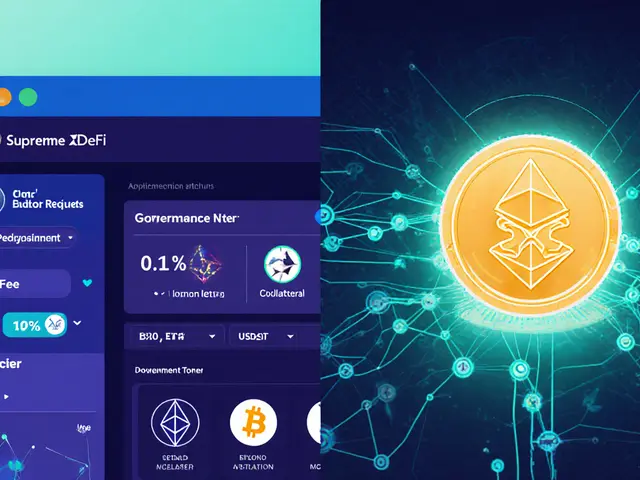Tokenomics: The Core of Crypto Project Design
When talking about Tokenomics, the study of how a cryptocurrency’s token is created, allocated, and incentivized. Also known as token economics, it determines a project’s long‑term viability. Tokenomics tokenomics covers supply models, reward mechanisms, and governance structures that keep a network alive.
Key Concepts that Shape Tokenomics
A well‑designed token often uses an airdrop, a free distribution event that seeds the community and jump‑starts liquidity to attract early users. The utility token, a token that grants access to a platform’s services or gives holders voting power supplies the functional backbone of many DeFi projects. Meanwhile, an algorithmic stablecoin, a token whose price is kept stable through smart‑contract‑driven supply adjustments adds a stability layer that influences how a token’s economics are modeled. Tokenomics requires understanding how these pieces interact: an airdrop can boost utility token adoption, and a stablecoin’s peg mechanics affect the overall supply curve.
Our collection below pulls together real‑world examples that illustrate these ideas. You’ll find a deep dive into the twin‑token design of Nirvana ANA, step‑by‑step guides for claiming the Bull Finance and SupremeX airdrops, and a practical look at utility token regulation under MiCA. There are also analyses of algorithmic stablecoins, tax implications for token holders in India, and the impact of regulatory shifts in China and Taiwan. Whether you’re a trader sizing up a new token launch or a developer refining a token model, the articles ahead give you concrete data, risk assessments, and actionable checklists that bring tokenomics to life.
Learn how to claim the ACMD X CMC airdrop, understand ACMD tokenomics, check price risks, and see what Archimedes Protocol offers in DeFi.



 Finance
Finance




